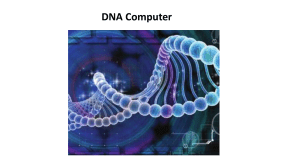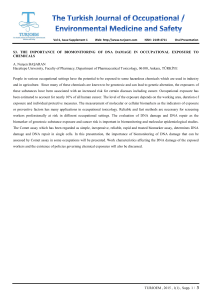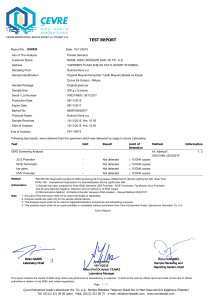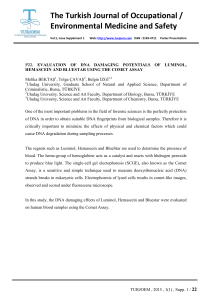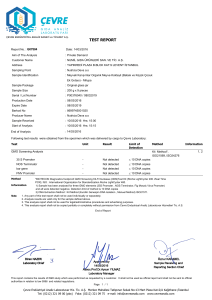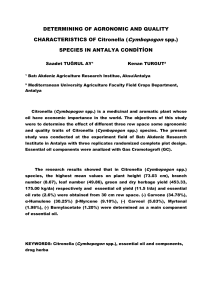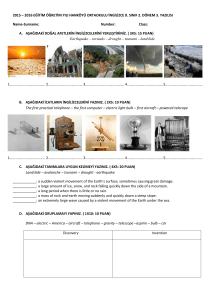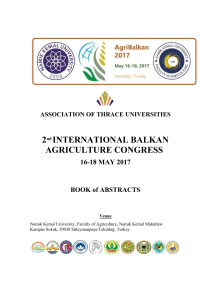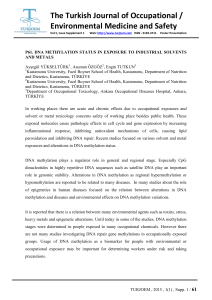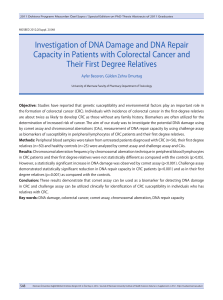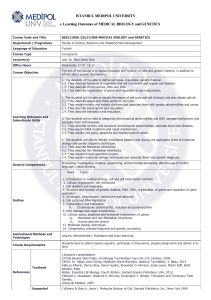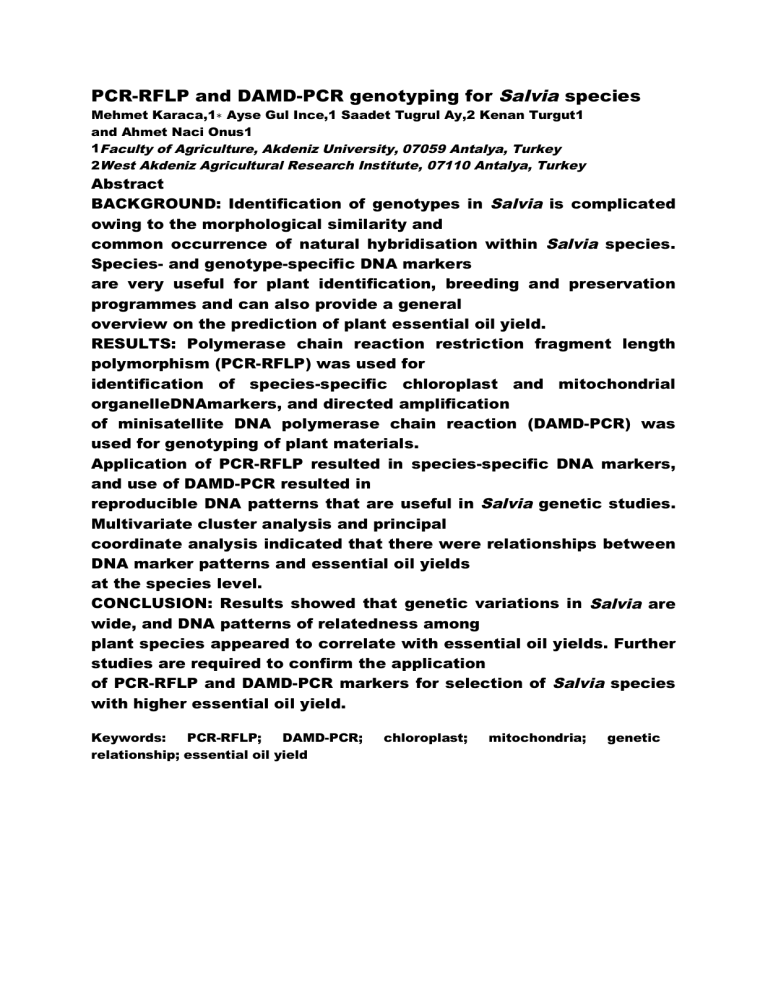
PCR-RFLP and DAMD-PCR genotyping for Salvia species
Mehmet Karaca,1 Ayse Gul Ince,1 Saadet Tugrul Ay,2 Kenan Turgut1
and Ahmet Naci Onus1
1Faculty of Agriculture, Akdeniz University, 07059 Antalya, Turkey
2West Akdeniz Agricultural Research Institute, 07110 Antalya, Turkey
Abstract
BACKGROUND: Identification of genotypes in Salvia is complicated
owing to the morphological similarity and
common occurrence of natural hybridisation within Salvia species.
Species- and genotype-specific DNA markers
are very useful for plant identification, breeding and preservation
programmes and can also provide a general
overview on the prediction of plant essential oil yield.
RESULTS: Polymerase chain reaction restriction fragment length
polymorphism (PCR-RFLP) was used for
identification of species-specific chloroplast and mitochondrial
organelleDNAmarkers, and directed amplification
of minisatellite DNA polymerase chain reaction (DAMD-PCR) was
used for genotyping of plant materials.
Application of PCR-RFLP resulted in species-specific DNA markers,
and use of DAMD-PCR resulted in
reproducible DNA patterns that are useful in Salvia genetic studies.
Multivariate cluster analysis and principal
coordinate analysis indicated that there were relationships between
DNA marker patterns and essential oil yields
at the species level.
CONCLUSION: Results showed that genetic variations in Salvia are
wide, and DNA patterns of relatedness among
plant species appeared to correlate with essential oil yields. Further
studies are required to confirm the application
of PCR-RFLP and DAMD-PCR markers for selection of Salvia species
with higher essential oil yield.
Keywords:
PCR-RFLP;
DAMD-PCR;
relationship; essential oil yield
chloroplast;
mitochondria;
genetic

